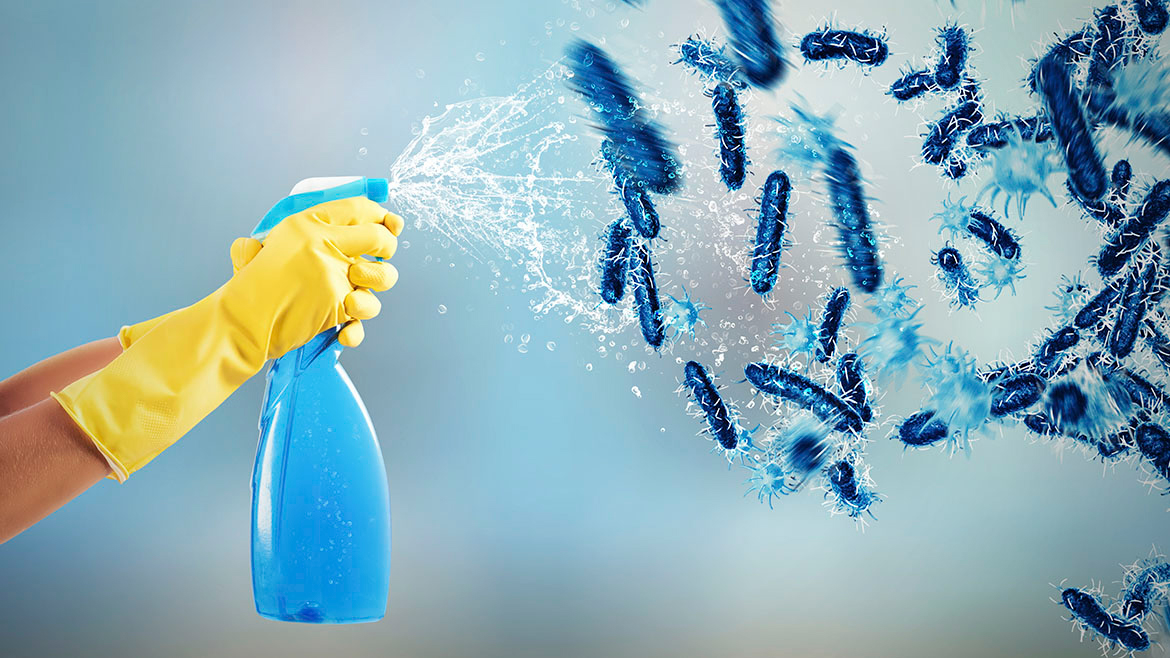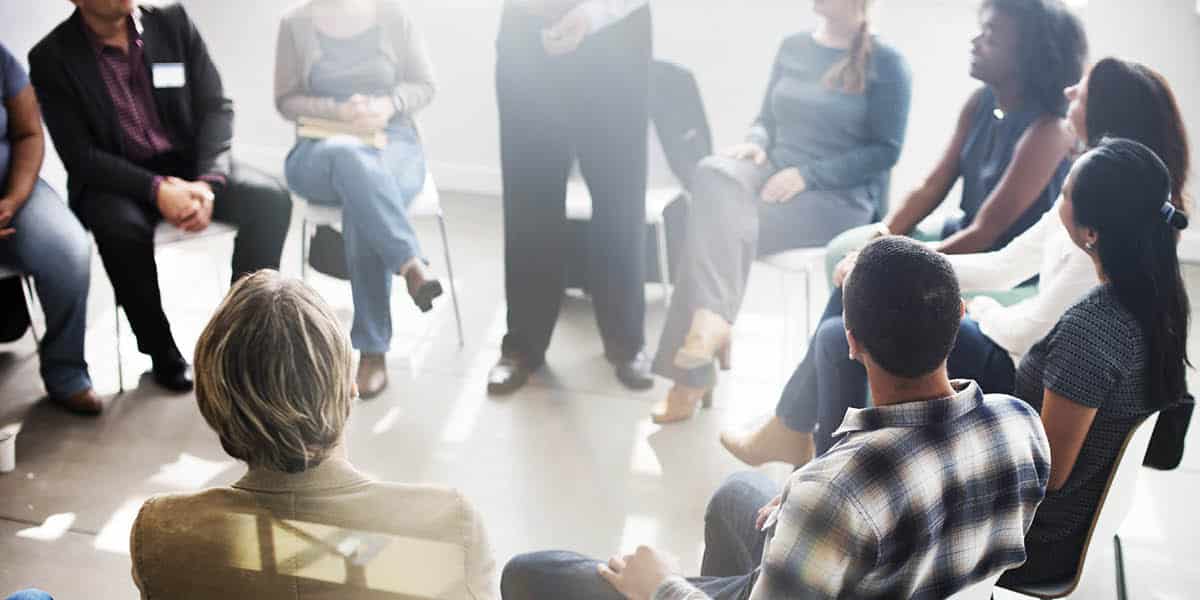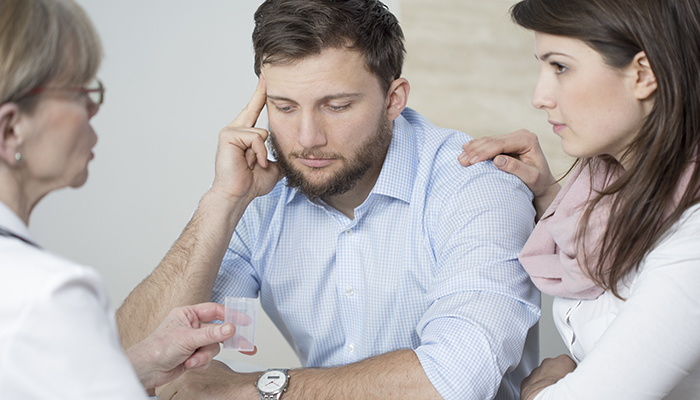Best Disinfectants and Other Ways to Kill Germs

Now more than ever, people are looking for the best ways to kill germs. The Coronavirus has turned us all into cleaning fiends, but how can you know for sure that you are safely and effectively eliminating all germs and bacteria on a surface? While there’s no easy way to know for sure, certain methods have been proven more effective than others that are really no more than old wives’ tales. Now more than ever, it’s time to do the research to make sure that your usual cleaning methods are actually getting rid of a vast majority of germs instead of just pushing them around and leaving them behind. So here are some of the best disinfectants and other ways that you can effectively kill germs inside your house to keep your family safe and healthy:
Disinfecting vs. Sanitizing vs. Cleaning
The first thing that we need to talk about are the differences between disinfecting, sanitizing, and cleaning. A lot of people use these terms interchangeably but they are actually very different in practice!
- Cleaning: this one might be a little obvious, but cleaning a surface means that you are removing dirt, debris, and other materials from a surface. Depending on what you are using to clean, you might not be killing or even removing germs from the surface and instead can be spreading them around with your cleaning materials.
- Sanitizing: this means that you are reducing the overall amount of germs on a surface in order to lower the risk of spreading infections from viruses or bacteria that may be on the surface. While this is certainly a good step, it still leaves behind some germs that can be spread.
- Disinfecting: this means that you are killing the vast majority of germs on a surface to totally eliminate the risk that you get an illness from germs and bacteria left on that surface. This is obviously the best method but it is also the most difficult to achieve. Thankfully, it’s totally possible to disinfect your surfaces with the right methods and materials so that you can prevent any illnesses in your household.
Alcohol
Alcohol is one of the best disinfectants around! It can be called rubbing alcohol or isopropyl alcohol – but they all do the same thing! However, one thing to remember when it comes to alcohol is that concentration is key. You will see a wide range of different concentrations for rubbing alcohol but there is definitely a sweet spot somewhere in the middle around 70% that is ideal for proper disinfecting. Anything less than 70% will not effectively disinfect since it will leave behind some germs, whereas higher concentrations will evaporate very quickly and will lose effectiveness. When it comes to using alcohol, you can either dilute it and use it as a spray, put it on a cloth and use it as a wipe, or you can even get alcohol prep pads that are pre-soaked and individually packaged.
Bleach
Bleach is a strong but effective way to disinfect surfaces in your home. You will need a product with 2-10% sodium hypochlorite as an active ingredient. You will also need to dilute the bleach with water. However, you need to keep in mind that your bleach mixture will lose potency after 24 hours so it’s best to measure out single-use quantities so you don’t waste any of your materials! Also, make sure that the solution is in contact with the surface for five minutes in order to fully disinfect.
Hydrogen Peroxide
Hydrogen peroxide is another substance that can be used to kill germs and disinfect surfaces. Most hydrogen peroxide products that you will find in the store contain a 3% concentration – which is sufficient for disinfecting as long as you leave it on the surface for at least one minute. Hydrogen peroxide is considered gentler and less potent than some of the other chemicals covered here – and it’s also biodegradable! All of this makes hydrogen peroxide a great household disinfectant.
Soap
Regular soap is great for cleaning and sanitizing. All you need is some soap and warm water in order to get rid of a lot of germs. That being said, soap is just meant for cleaning and doesn’t disinfect. So a good method to follow is to clean with soap and water and then disinfect with a different solution.
You will need to be diligent to effectively and consistently kill germs within your household and completely eliminate the risk of infection from viruses and bacteria. So remember that cleaning something isn’t necessarily sanitizing or disinfecting it. Also, remember that a lot of these solutions need to be in contact with a surface for a period of time before it can actually be considered “disinfected” – it won’t happen instantly! As long as you follow these guidelines properly, you can rest assured that you are doing everything you can to keep your family safe and healthy.




